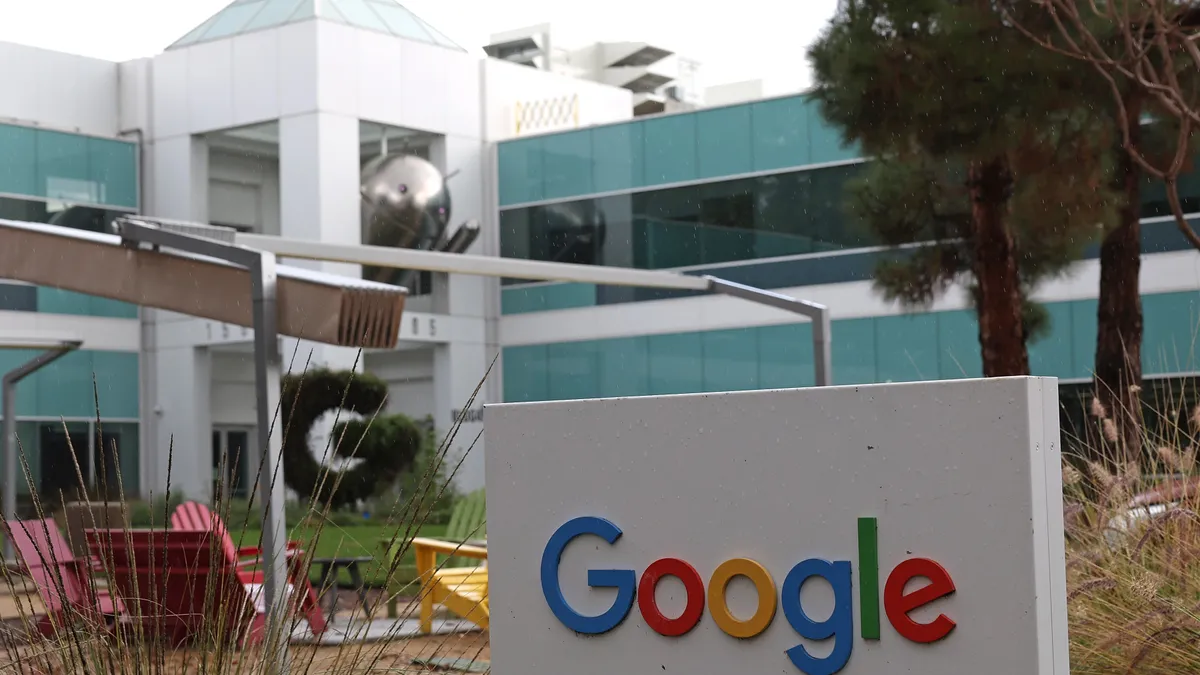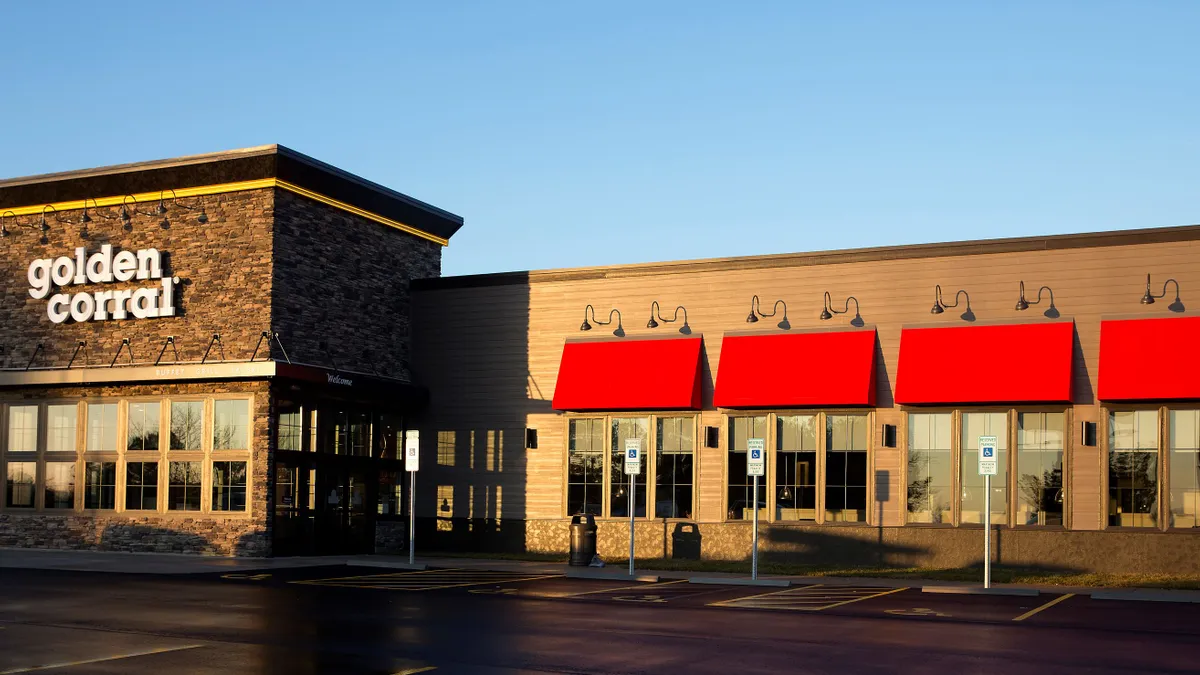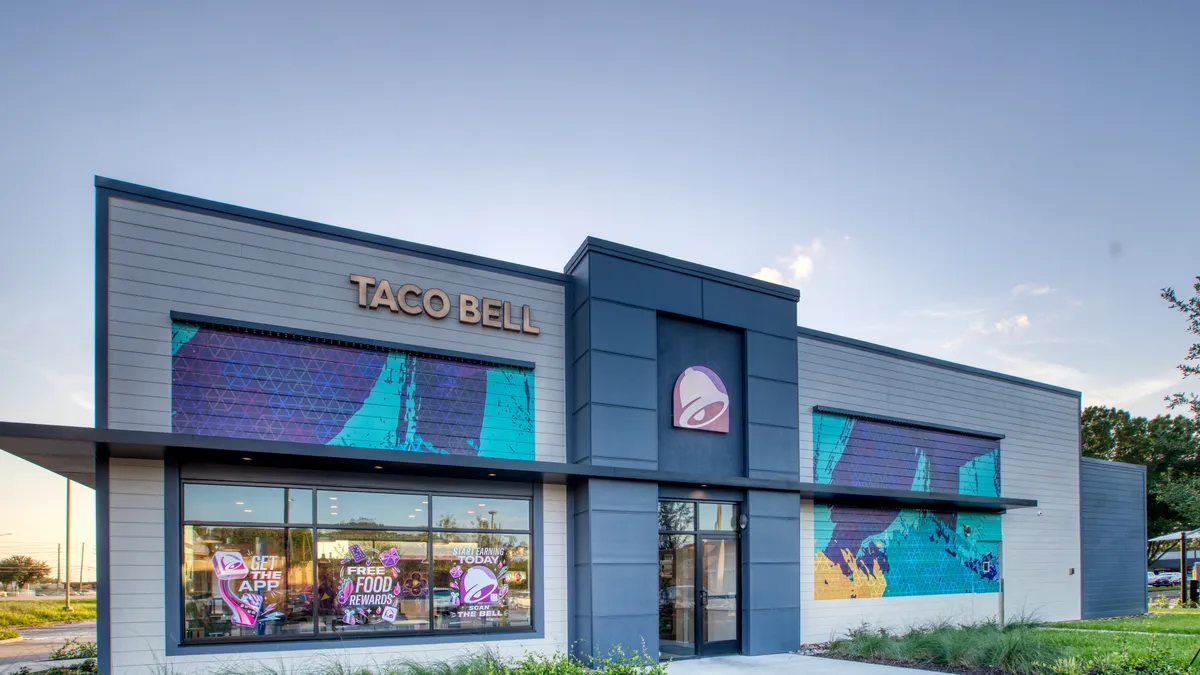Company contact centers were in-house or outsourced hubs where an army of agents mounted a campaign for customer satisfaction.
When COVID-19 hit, complexity became the norm. Agents needed to operate remotely as in-person touch points went away, leaving impacted customers to contact companies in a hotline, email or chatbot.
Companies saw "significant" increases in resolution time during the pandemic, many going from 18 seconds to 20 minutes, according to an ISG report.
With surging customer inquiries, providers in the customer center as a service (CCaaS) scrambled to handle client requests. Inbound interest surged as executives needed urgent deployment of additional contact center capabilities, said Namratha Dharshan, director of research and principal analyst at ISG.
"A lot of enterprises did not even have a cloud solution in the first place, so they struggled in terms of getting their agents up and running," Dharshan said.
In choosing contact center technology, cloud became a must with a distributed workforce and a wave of customers needing attention. But the response phase has largely passed, and executives must strike a balance between applying the cost-cutting measures they need to implement and upholding customer experience amid dwindling IT budgets.
A scramble to weather the crisis
Sudden pandemic changes left contact centers handling dramatically-increased volumes "several-fold over the last six months," said Chris Murphy, CEO, North America, at ThoughtWorks.
To wean pressure off these hubs, executives deployed chatbots capable of triaging lower-complexity inbound queries, Murphy said. ThoughtWorks worked with the Department of Veterans Affairs to launch one such chatbot that helped reduce the number of inquiries that landed in the call center.
The remote home shift meant additional interest in the capabilities of CCaaS technology, which allows distributed access to critical systems at scale. But in onboarding these solutions, the focus will remain on cost cutting.
"As we continue to have economic challenges associated with COVID-19, and corporate IT budgets and even customer service budgets beginning to shrink, companies are looking at ways that they can reduce their customer service operating costs," said Drew Kraus, VP analyst at Gartner.
Businesses are also finding ways to get customers to instinctively adjust how they engage with companies less through voice and more toward digital channels, with increasing use of self-service options.
Executives seek two main outcomes when evaluating their approach to the technology that powers the contact center: operational effectiveness — or lowering costs — and increasing customer satisfaction, Murphy said.
Features rising in the pandemic
A large number of the workforce in the contact center industry still worked out of the brick and mortar locations prior to the pandemic. But the change to remote work puts cloud front and center when it comes to the technologies powering contact centers.
"This is going to be the way forward," said Dharshan.
In the face of continued pressure on non-physical customer touch points, companies will also explore gig-economy services to respond to the customer service pressures, increasing the importance of cloud-based solutions.
Automating workflows in the contact center, a frequent feature of CcaaS platforms, solution has appeal due to the opportunity to reduce operating costs. It speaks to executives' interest to reduce costs by leveraging digital workers.
But there's hesitation around whether deploying automation that can deliver on the promises vendors make, said Kraus. A lot of customer service organizations were disillusioned by the capabilities of virtual customer assistants (VCA).
"Machine learning capabilities like that will become very important for the context center, but they're not quite that mature yet," Kraus said.
Before introducing complex systems to deal with customer issues, companies can benefit from understanding what problems they're most often trying to solve, and then mapping that issue back to the simplest possible technology solution.
"What we quite often find is that we don't need to be integrating with multiple different integration points, with all APIs, or accessing different databases if we're able to define sharply up front what is the customer journey," said Murphy.
Three trends were already playing out in contact center technology prior to the pandemic, according to Anand Chandrasekaran, EVP of Product Management at Five9:
- A migration to the cloud, where the entire software is hosted on a multi-tenant platform and delivered from a browser.
- A need for swift time-to-value. Migrating to a cloud-based contact center platform should take weeks, not months, in many cases.
- Demand for off-the-shelf solutions that are ready to integrate with other systems.
But two trends in customer center technology that clearly accelerated in the pandemic deal with issues of scale and reliability.
Contact centers are "becoming the front door, and a strategic part of the business" as they handle the incoming volume of customer requests, said Chandrasekaran. There's a need to respond to what the executive calls a "once in a generation" shift in consumer behavior, significantly increasing the need for reliability in the systems that support it.
"If a system is the front door of your business, you probably want that door to be open all the time," he said.
Omnichannel capabilities became essential in the contact center, giving customers a seamless experience to the end users regardless of what platform they use to reach out. It's a strategy that will require more integration with back-end systems.
While companies might have gotten by with an integration to their customer relationship management (CRM) system, they are now realizing that they'll have to loop in additional sources of information such as the enterprise resource planning (ERP) tool, said Kraus.
These integrations will let agents provide answers "immediately, rather than having to set up a callback or some other kind of follow up," he said























